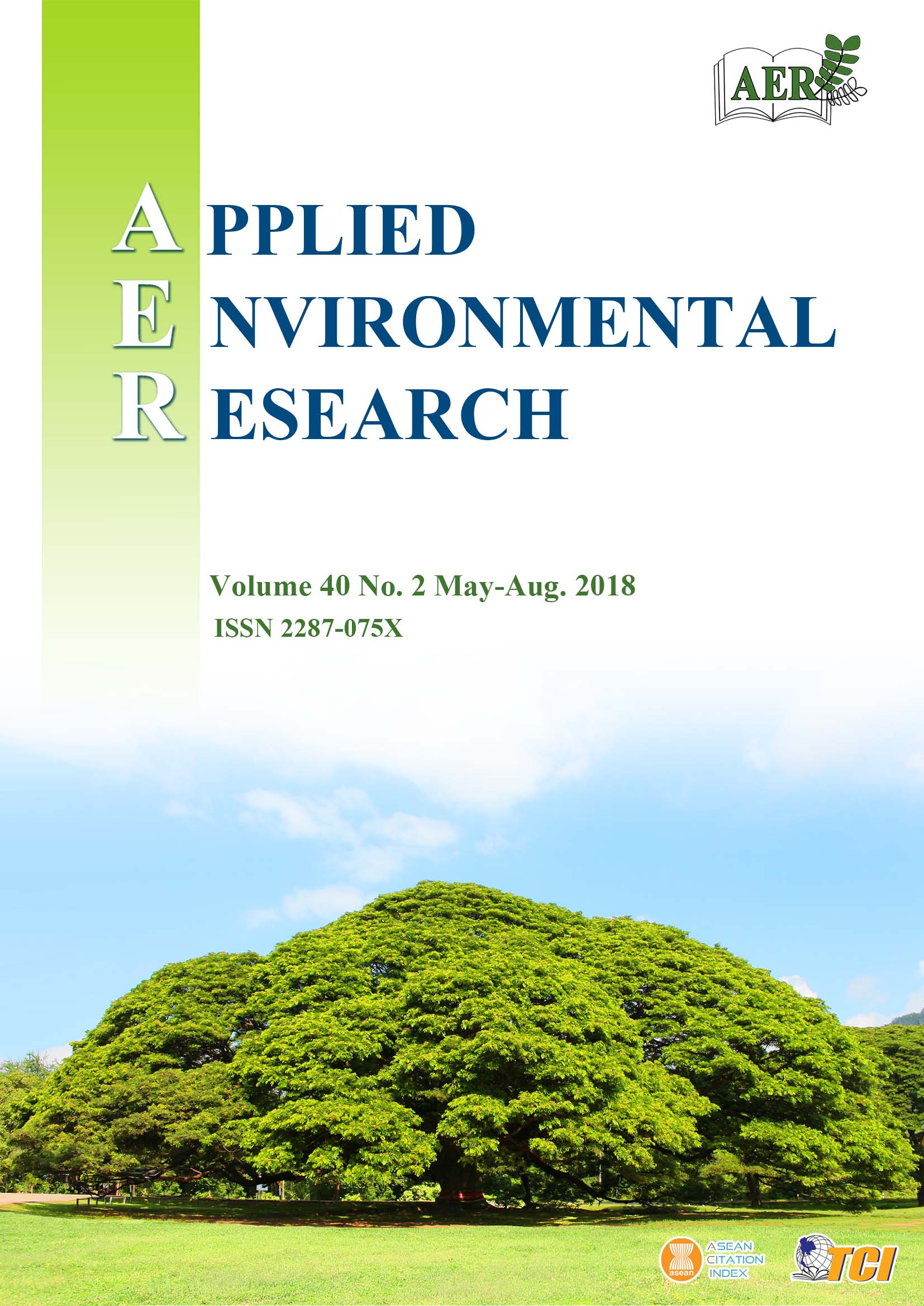Risk Management of Lead and Arsenic Poisoning in Children through Public Participation in Communities near Abandoned Tin Mine, Southern Thailand
Main Article Content
Abstract
Tamtalu Subdistrict, Bannangsta District in Yala Province, southern Thailand was the site of an abandoned tin mine, and was contaminated by lead and arsenic from the mine tailings. As children are a high risk group from these highly toxic contaminants, this study aimed to identify approaches to reduce children’s exposure in the area. The study was conducted through participatory action research (PAR) to empower the community strengthen sustainable risk management. The participants were local public health officials, public health volunteers, parents of local children and local community leaders. The participants were engaged in activities relating to risk communication, training on exposure prevention, planning of risk management and implementation of the plan. The children’s risks were communicated to the villagers during community meetings. Trainings on how to prevent As and Pb exposure were provided, and preventive strategies planned and implemented. After a six-month period of the intervention, levels of As and Pb in the hair of local children’s decreased significantly (p < 0.01 and p < 0.05, respectively). The parents’ knowledge of how to prevent children from As and Pb exposure increased significantly (p < 0.01). The results indicated that PAR can be used to mitigate problems of chronic environmental exposure and poisoning. In addition, the Ottawa Chatter concept can be applied for long-term management. Economic status and effective risk reduction programmes are key determinants for successful implementation of local community-based risk management plans.
Article Details

This work is licensed under a Creative Commons Attribution-NonCommercial 4.0 International License.
Published articles are under the copyright of the Applied Environmental Research effective when the article is accepted for publication thus granting Applied Environmental Research all rights for the work so that both parties may be protected from the consequences of unauthorized use. Partially or totally publication of an article elsewhere is possible only after the consent from the editors.

